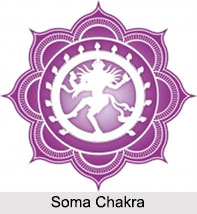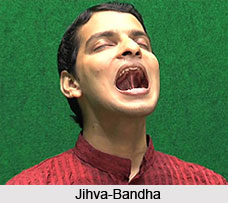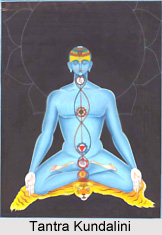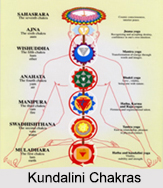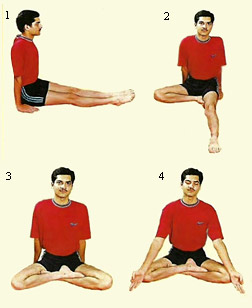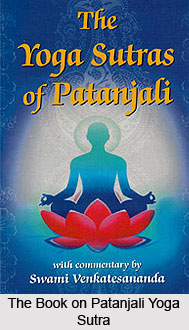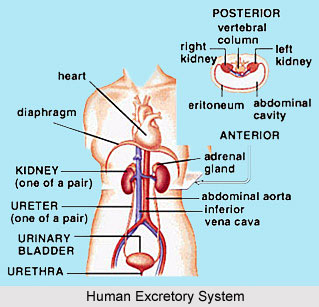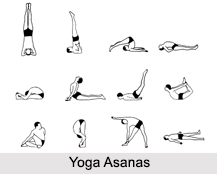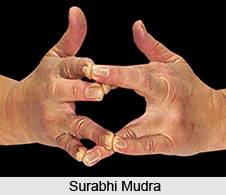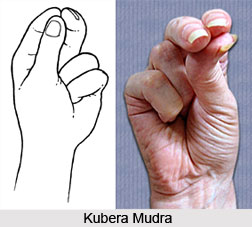 The tapah svadhyaya Isvarapranidhanani kriyayogah sutra delineates the basic actions of the mind and body - how to purify body`s three constituents by means of action, knowledge, and understanding of the self. If one has the burning desire to cleanse the mind from impurities, he can do so by chanting the sanctified mantras. And this fundamental cleansing constitutes the path to perfection.
The tapah svadhyaya Isvarapranidhanani kriyayogah sutra delineates the basic actions of the mind and body - how to purify body`s three constituents by means of action, knowledge, and understanding of the self. If one has the burning desire to cleanse the mind from impurities, he can do so by chanting the sanctified mantras. And this fundamental cleansing constitutes the path to perfection.
tapah heat, burning, shining, ascetic devotion, a burning desire
to reach perfection, that which burns all impurities, self-discipline
svadhyaya Self-study, reflection of one`s own self, understanding oneself from the outer sheath, the body, inwards towards
the inner self
Isvara God, Lord of all
Pranidhanani laying on, imposing, turning on, directing upon;
profound religious meditation; surrender
kriyayogah yoga of action
Burning zeal in practice, self-study and study of scriptures, and surrender to God are the acts of yoga.
For Patanjali, the practice of yoga is the `yoga of action`, kriyayoga`, comprising tapas, self-discipline, svadhyaya, self-study and Isvara pranidhana, surrender to God.
Tapas is the blinding desire to burn away the impurities of body, senses and mind. Svadhyaya is the reiteration of sacred mantras and the study of spiritual sacred texts, in order to comprehend one`s own self. Isvara prani-dhana is surrendering of one`s body, mind and soul to God through love for Him.
The disciplines of cleansing man`s three constituents - body, speech and mind constitute kriyayoga - the path to perfection. Human bodies are purified by self-discipline (tapas), words by Self-study (svadhyaya) and minds by love and surrendering to Him (Isvara pranidhana).
This sutra symbolises the three great paths - karma, jnana and bhaka. The path of action (karma-marga) is the discipline (tapas) of body, senses and mind. The path of knowledge (jnana-marga) is the study of the self (svadhyaya) from the skin to the core and back again. The path of love of God (bhakti-marga) is surrendering (pranidhana) of everything to God.
Sadhana pada distinguishes the source of all these paths. The first symbolises life, the second wisdom. The third, through the surrender of ego, brings the humbleness that leads to the effulgent, sorrowless light of Isvara, God.


